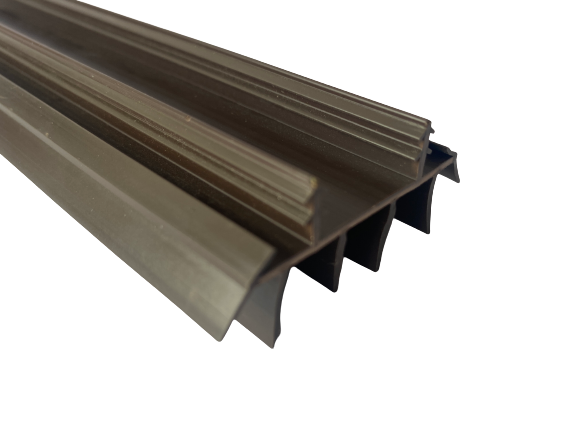12 月 . 05, 2024 04:53 Back to list
Rubber Components for Enhanced Fuel Tank Durability and Performance
Understanding Fuel Tank Rubber Importance and Considerations
When it comes to the functionality and safety of vehicles, the fuel tank plays a crucial role. Among its various components, the rubber used within fuel tanks is often overlooked but is pivotal in ensuring the tank’s efficiency, longevity, and safety. In this article, we explore the significance of fuel tank rubber, its types, and the factors that need consideration during its production and maintenance.
The Role of Rubber in Fuel Tanks
Rubber is predominantly used in fuel tanks to create seals and gaskets that prevent leaks and contamination. Its waterproof properties and resilience against a wide range of temperatures make it an ideal material for such applications. Fuel tanks are exposed to various environmental factors, including changing temperatures and chemical exposure due to the fuels they contain. The rubber components must withstand these conditions while maintaining structural integrity.
Types of Rubber Used
The rubber used in fuel tank applications is usually specially formulated to resist the corrosive effects of petroleum-based fuels. Here are some common types of rubber found in fuel tanks
1. Nitrile Rubber (NBR) Known for its excellent resistance to oils and fuels, nitrile rubber is widely employed in fuel tank seals and gaskets. It offers a good balance of flexibility and strength, making it a preferred choice in automotive applications.
2. Ethylene Propylene Diene Monomer (EPDM) While commonly used for weather seals, EPDM rubber is also utilized in fuel tanks due to its superior weather resistance and durability. However, it generally has lesser oil resistance than nitrile rubber.
3. Fluoroelastomers (FKM) This type of rubber is more costly but offers exceptional resistance to high temperatures and aggressive fuels. Fluoroelastomers are often chosen for high-performance vehicles and in situations where standard rubber would degrade rapidly.
Considerations for Fuel Tank Rubber
When selecting rubber materials for fuel tanks, manufacturers must consider several crucial factors
fuel tank rubber

1. Chemical Compatibility The rubber must be compatible with the types of fuel it will contact. Fuels can vary widely in their chemical compositions, and using the wrong type of rubber can lead to deterioration, leaks, and potential safety hazards.
2. Temperature Range Fuel tanks often operate in diverse temperature ranges, and the rubber material needs to perform reliably in extreme heat or cold. It must not become too hard or soft under different environmental conditions.
3. Durability and Lifespan A well-designed rubber component can significantly extend the lifespan of a fuel tank. Manufacturers must ensure that the chosen rubber can withstand mechanical stress and environmental factors over time.
4. Environmental Regulations With increasing environmental awareness, regulations are tightening around emissions and other safety standards. The rubber components must comply with these regulations to minimize environmental impact.
5. Cost-Effectiveness While it is vital to choose high-quality materials for safety and durability, cost considerations cannot be ignored. Manufacturers are continuously looking for a balance between performance, safety, and cost.
Maintenance and Safety
Regular inspections of fuel tank rubber components are essential to ensure vehicle safety and performance. Signs of wear, cracking, or deformation can indicate that it’s time for replacement. Neglecting these checks can lead to fuel leaks, which pose not only environmental hazards but also fire risks.
In addition to regular checks, drivers should be aware of any changes in fuel smell or performance. A sudden increase in fuel consumption may also indicate a leaking fuel tank, necessitating immediate inspection.
Conclusion
Fuel tank rubber might not be the most glamorous topic in automotive engineering, but its importance cannot be overstated. The right choice of rubber not only ensures the effective functioning of fuel tanks but also plays a crucial role in vehicle safety and environmental protection. As technology advances, enhancing the quality and performance of rubber materials will continue to be a priority, ultimately contributing to safer and more efficient vehicles on the road. Vehicle manufacturers and owners alike must recognize the significance of fuel tank rubber in maintaining a reliable and safe automotive experience.




